|
[1]
|
欧阳志云,刘建国,肖寒,等.卧龙自然保护区大熊猫生境评价[J].生态学报,2001,21(11):1869~1874. |
|
[2]
|
Clobert J,Baguette M,Benton TG,et al.Dispersal Ecology and Evolution[M].Oxford:Oxford University Press,2012. |
|
[3]
|
Hull V,Roloff G,Zhang J,et al.A synthesis of giant panda habitat selection[J].Ursus,2014,25(2):148~162. |
|
[4]
|
杨春花,张和民,周小平,等.大熊猫生境选择研究进展[J].生态学报,2006,26(10):3442~3453. |
|
[5]
|
王学志,徐卫华,欧阳志云,等.生态位因子分析在大熊猫(Ailuropoda melanoleuca)生境评价中的应用[J].生态学报,2008,28(2):821~828. |
|
[6]
|
Li Y,Viña A,Yang W,et al.Effects of Conservation Policies on Forest Cover Change in Giant Panda Habitat Regions,China[J].Land Use Policy,2013,33(4):42 |
|
[7]
|
白文科,张晋东,杨霞,等.基于GIS的卧龙自然保护区大熊猫生境选择与利用[J].生态环境学报,2017,26(1):73~80. |
|
[8]
|
Liu X H,Wu P P,Songer M,et al.Monitoring Wildlife Abundance and Diversity With Infra-Red Camera Traps in Guanyinshan Nature Reser of Shaanxi Province,China[J].Ecological Indicators,2013,33:121~128. |
|
[9]
|
Hull V,Zhang J,Huang J,et al.Habitat Use and Selection byGiant Pandas[J].Plos One,2016,11(9):1~18. |
|
[10]
|
胡锦矗,夏勒.卧龙的大熊猫[M].成都:四川科学技术出版社,1985. |
|
[11]
|
国家林业局.全国第三次大熊猫调查报告[M].北京:科学出版社,2006. |
|
[12]
|
Zhang Z J,Swaisgood R R,Zhang S N,et al.Old-growthforest is what giant pandas really need[J].Biology Letters,2011,7(3):403~406. |
|
[13]
|
四川省林业厅.四川省第四次大熊猫调查报告[M].成都:四川科学技术出版社,2015. |
|
[14]
|
Liu J,Ouyang Z,Taylor WW,et al.A framework for evaluating the effects of human factors on wildlife habitat:the case of giant pandas[J].Conserv Biol,1999,13(6):1360~1370. |
|
[15]
|
Hu J,Wei F.Comparative ecology of giant pandas in the five mountain ranges of their distribution in China.In:Lindburg D,Baragona K,editors.Giant pandas:biology and conservation.Berkeley,California[M].USA:University of California Press,2004:137~148. |
|
[16]
|
Bearer S,Linderman M,Huang J,et al.Effects of fuelwood collection and timber harvesting on giant panda habitat use[J].Biol Conserv,2008,141(2):385-393. |
|
[17]
|
Viña A,Tuanmu M N,Xu W,et al.Range-wide analysis of wildlife habitat:Implications for conservation[J].Biological Conservation,2010,143(9):1960~1969. |
|
[18]
|
Liu J.Promises and perils for the panda[J].Science,2015,348(6235):642. |
|
[19]
|
周洁敏.大熊猫栖息地评价指标体系初探[J].中南林学院学报,2005,25(3):39~44. |
|
[20]
|
|
|
[21]
|
Kernohan B J,Gitzen R A,Millspaugh J J.Analysis of Animal Space Use and Movements[M].Philadelphia:Elsevier Inc,2001:125~166. |
|
[22]
|
Laver P N,Kelly M J.A Critical Review of Home Range Studies[J].Journal of Wildlife Management,2008,72(1):290~298. |
|
[23]
|
孙承骞,张哲邻,金学林.秦岭大熊猫局域种群的划分及数量分布[J].陕西师范大学学报:自然科学版,2006,34(增刊):163~167. |
|
[24]
|
Wu X,Ouyang Z,Viña A,et al.Designing a conservation plan for protecting the habitat for giant pandas in the Qionglai mountain range,China[J].Diversity & Distributions,2006,12(5):610~619. |
|
[25]
|
魏辅文,张泽钧,胡锦矗.野生大熊猫生态学研究进展与前瞻[J].兽类学报,2011,31(4):412~421. |
|
[26]
|
Tuanmu M N,Viña A,Roloff G J,et al.Temporal transferability of wildlife habitat models:implications for habitat monitoring[J].Journal of Biogeography,2011,38(8):1510~1523. |
|
[27]
|
张明春,黄炎,李德生,等.圈养大熊猫野化培训期的生境选择特征[J].生态学报,2013,33(19):6014~6020. |
|
[28]
|
胡锦矗.大熊猫研究[M].上海:上海科技教育出版社,2001. |
|
[29]
|
潘文石,高郑生,吕植.秦岭大熊猫的自然庇护所[M].北京:北京大学出版社,1988. |
|
[30]
|
张泽钧,胡锦矗,吴华.邛崃山系大熊猫和小熊猫生境选择的比较[J].兽类学报,2002,22(3):161~168. |
|
[31]
|
张晋东.人类与自然干扰下大熊猫空间利用与活动模式研究[D].北京:中国科学院研究生院,2012:124~131. |
|
[32]
|
Wei F,Feng Z,Wang Z,et al.Habitat Use and Separation between the Giant Panda and the Red Panda[J].Journal of Mammalogy,2000,81(2):448~455. |
|
[33]
|
徐卫华,欧阳志云,李宇,等.基于遥感和GIS的秦岭山系大熊猫生境评价[J].遥感技术与应用,2006,21(3):238~242. |
|
[34]
|
Reid D G,Hu J.Giant Panda Selection Between Bashania fangiana Bamboo Habitats in Wolong Reserve,Sichuan,China[J].Journal of Applied Ecology,1991,28(1):228~243. |
|
[35]
|
Liu X,Cheng X,Skidmore A K.Potential solar radiation pattern in relation to the monthly distribution of giant pandas in Foping Nature Reserve,China[J].Ecological Modelling,2011,222(3):645~652. |
|
[36]
|
Liu J,Linderman M,Ouyang ZY,et al.Ecological degradation in protected areas:the case of Wolong Nature Reserve for giant pandas[J].Science,2001,292(5514):98~101. |






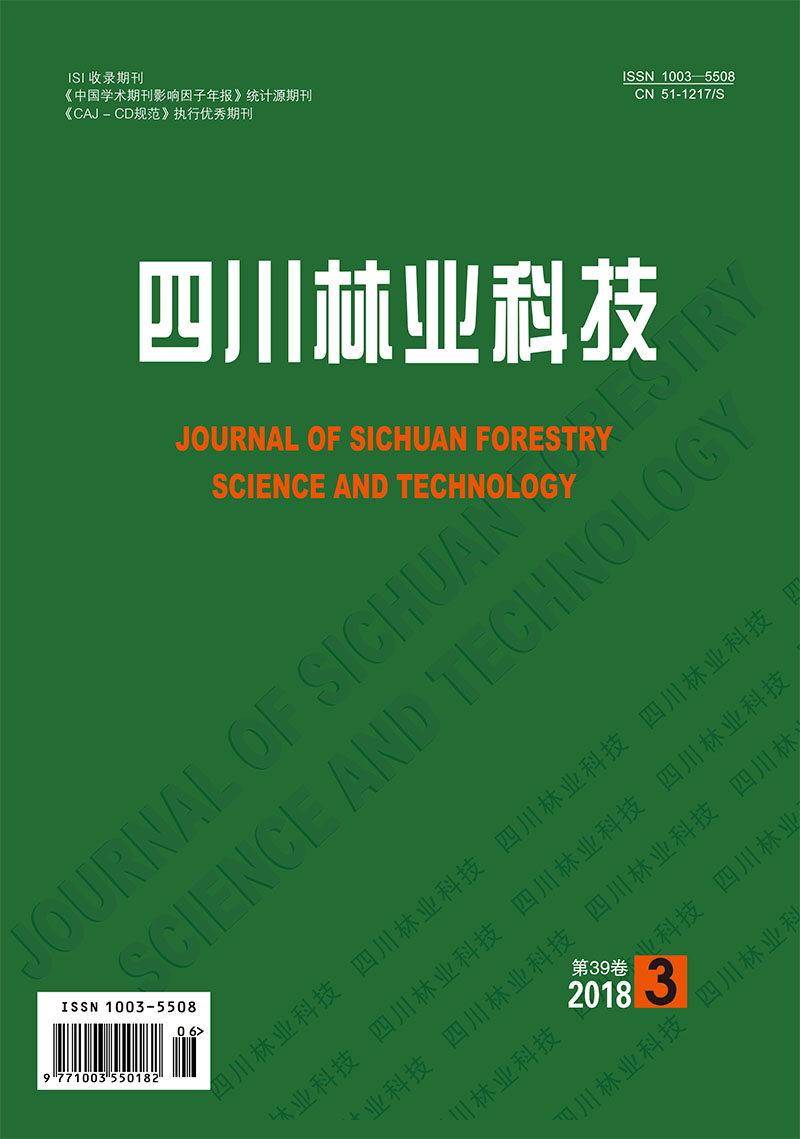




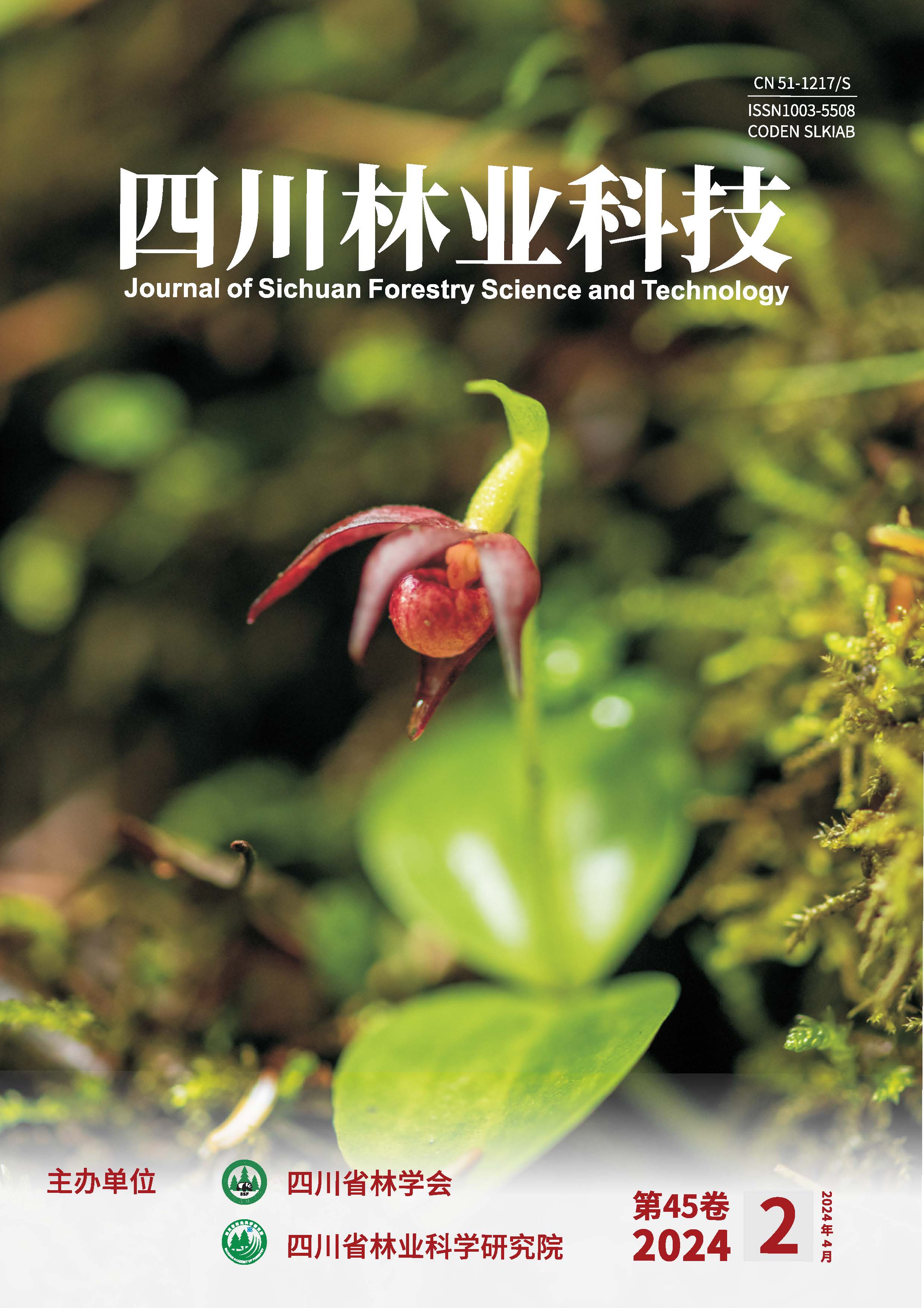

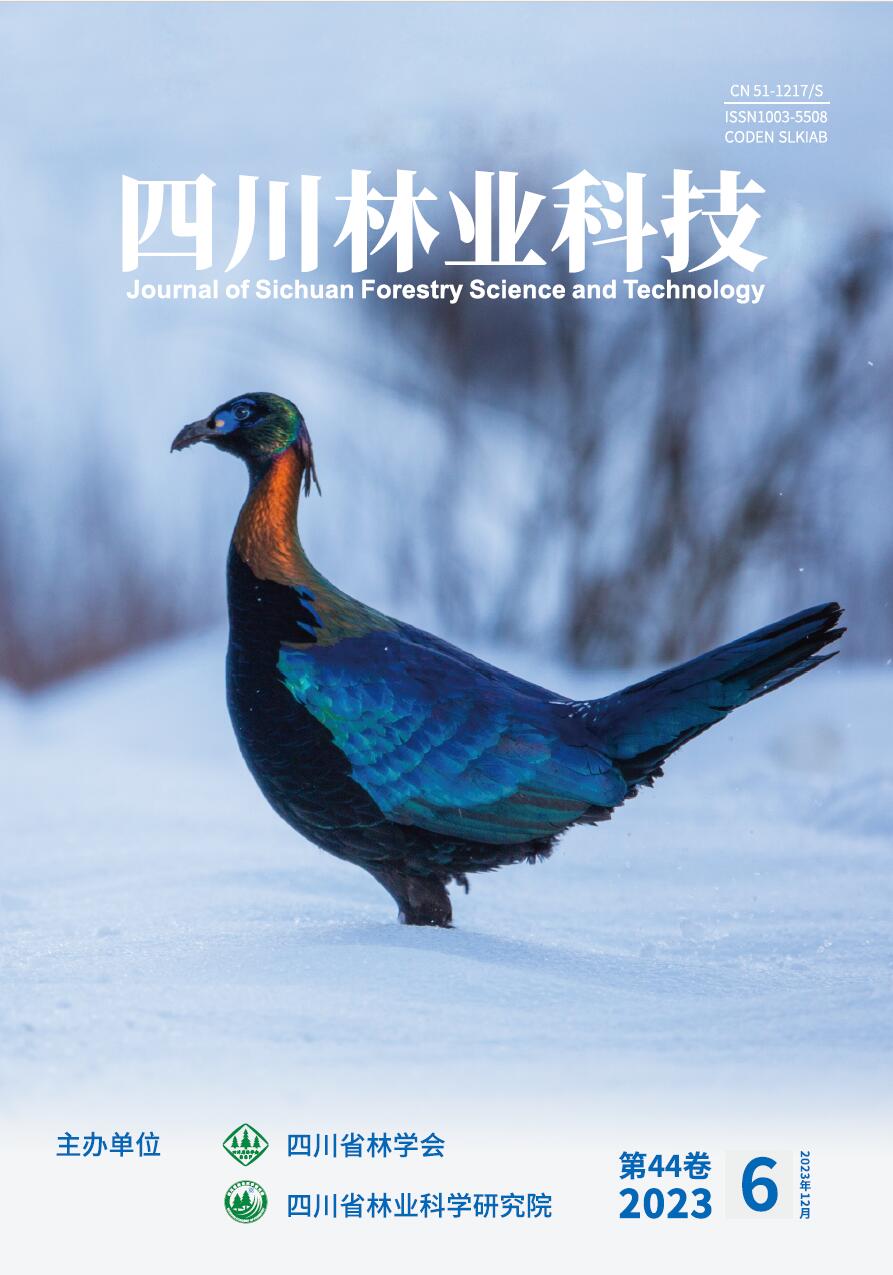
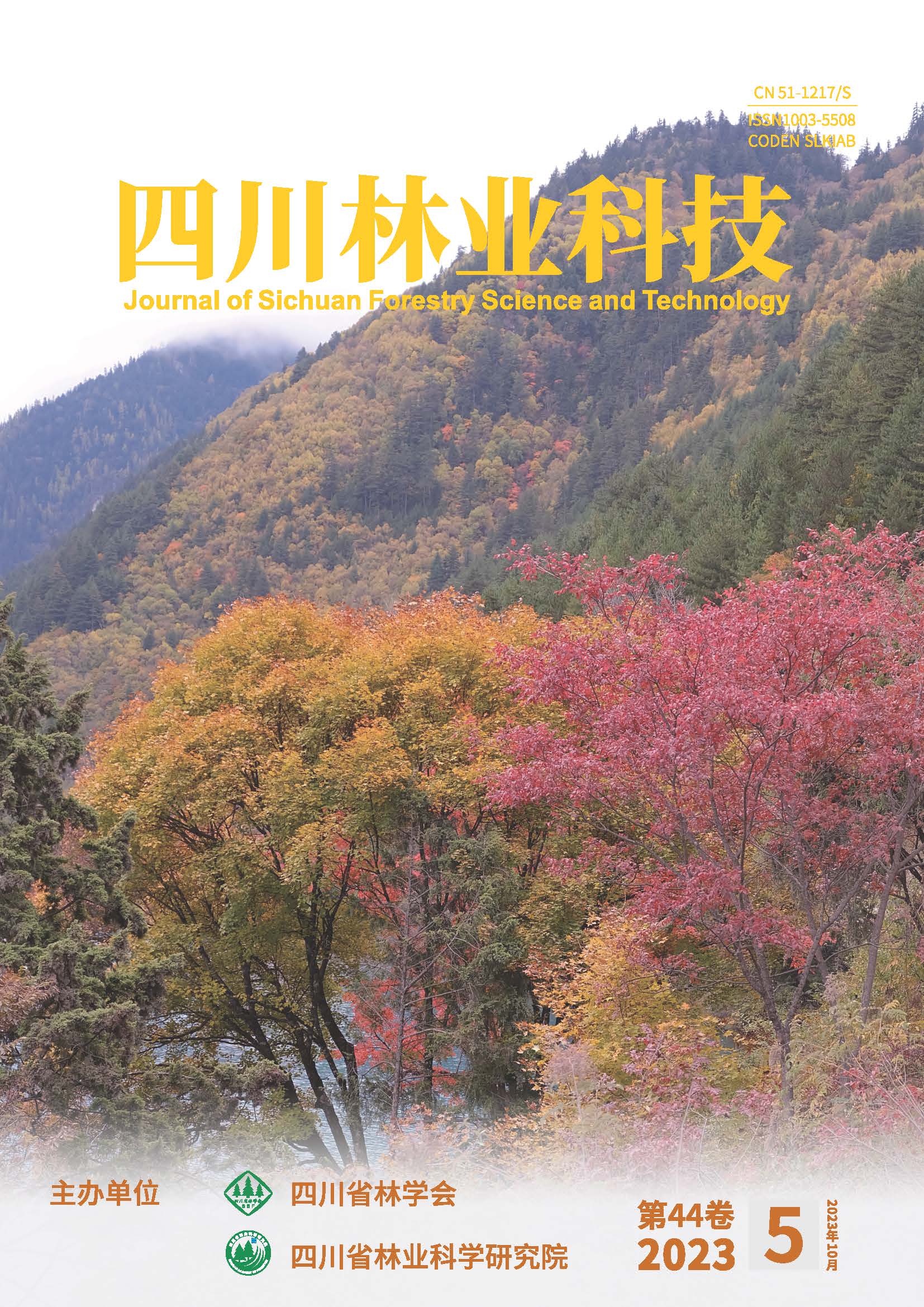
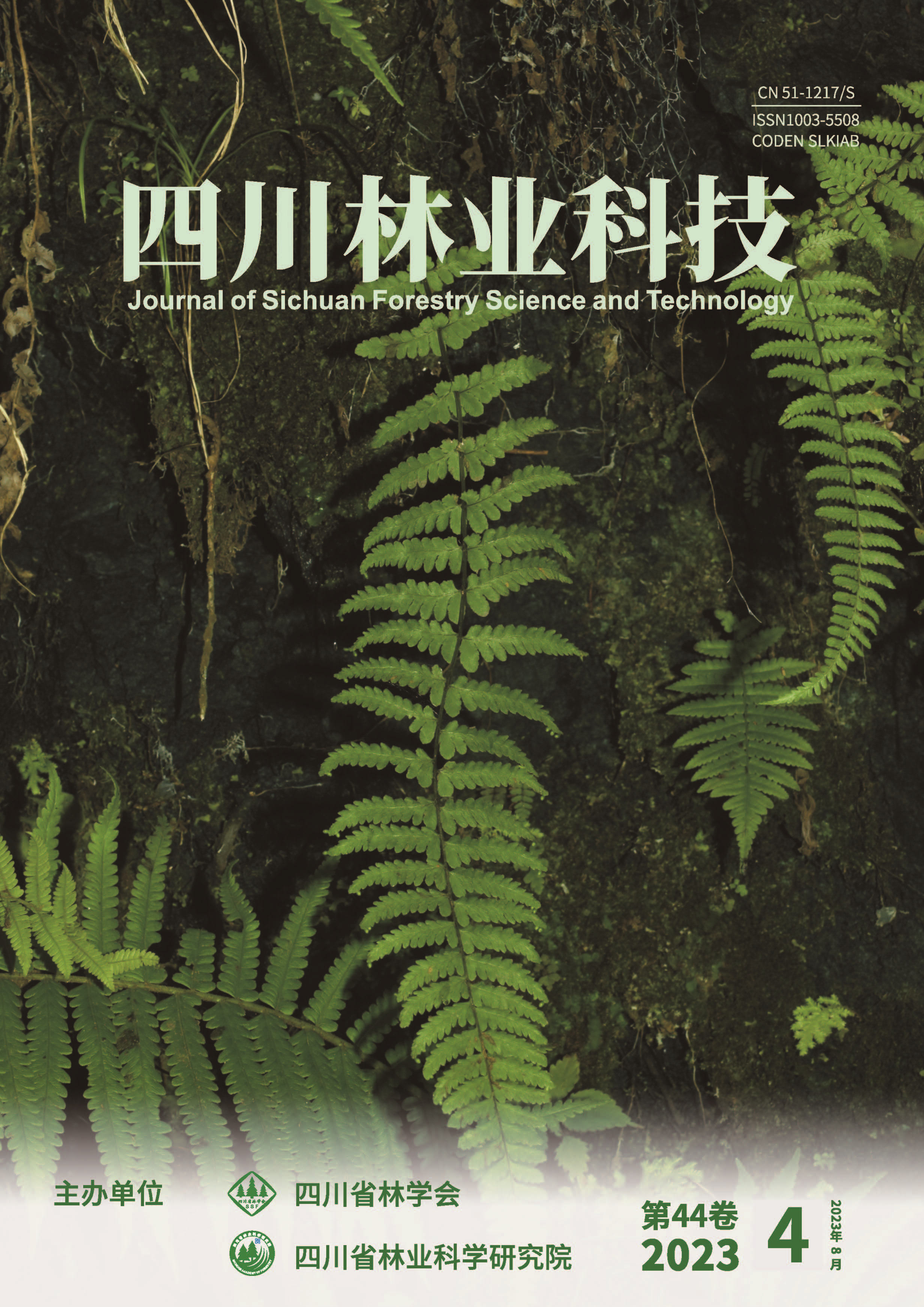
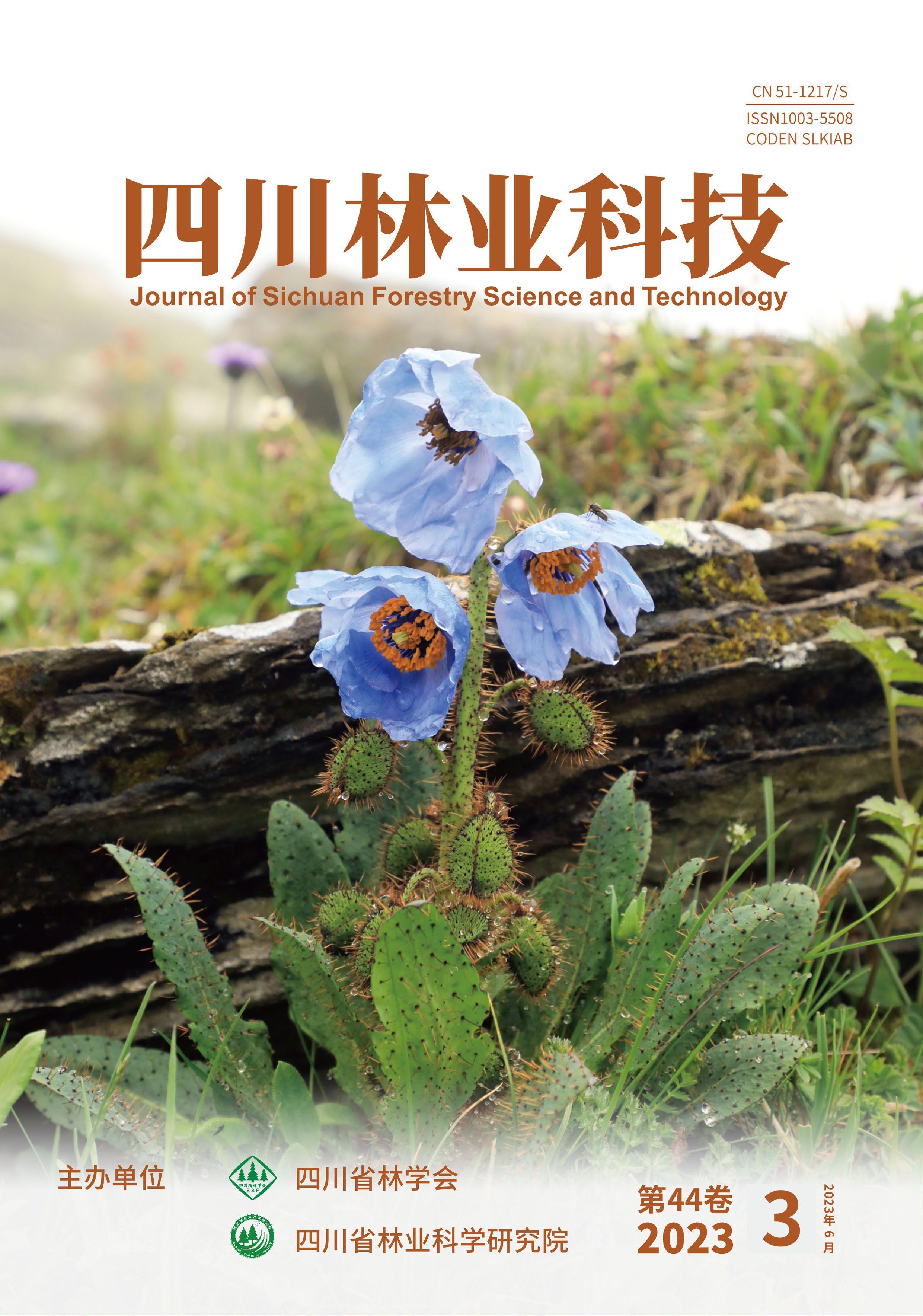
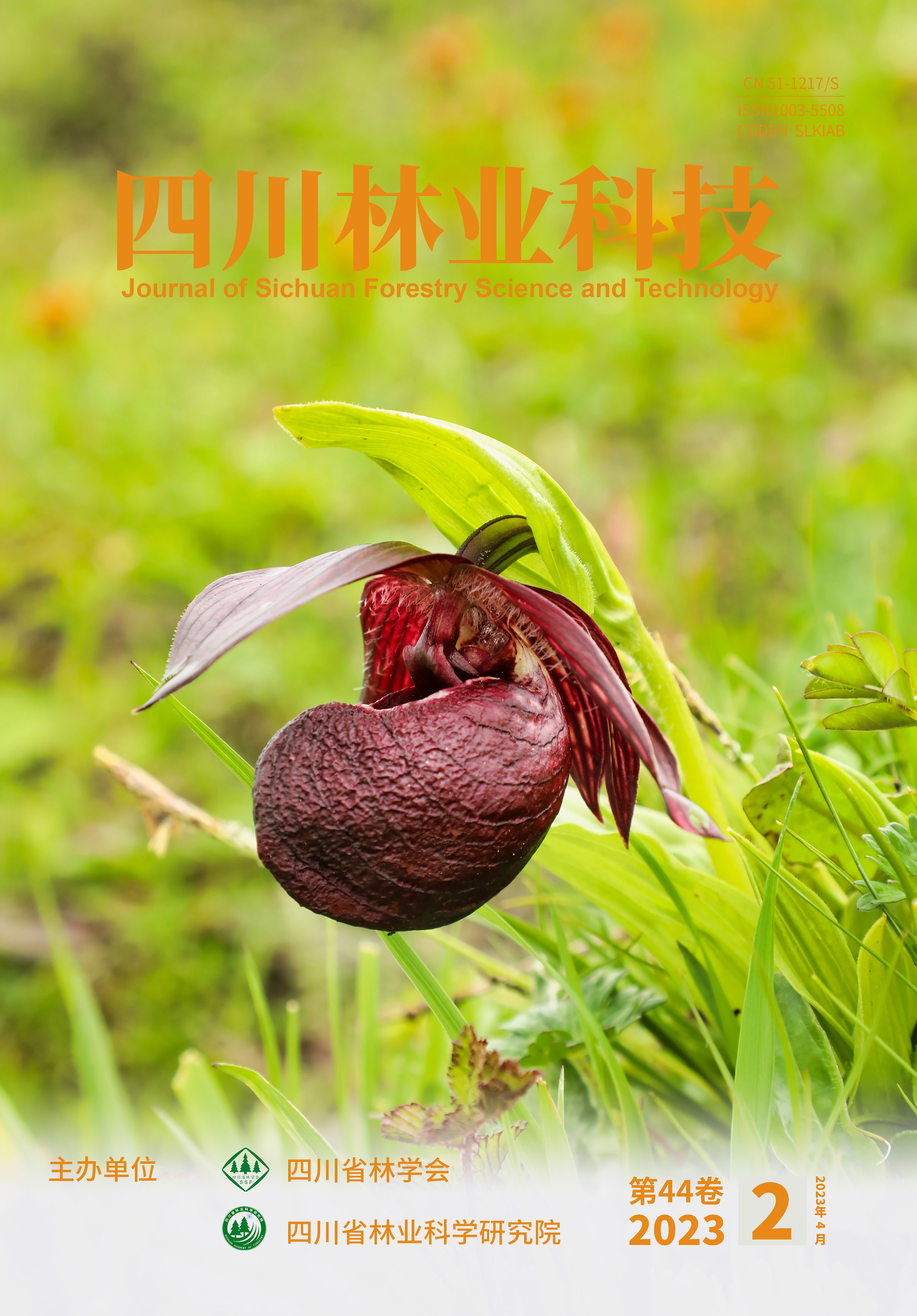
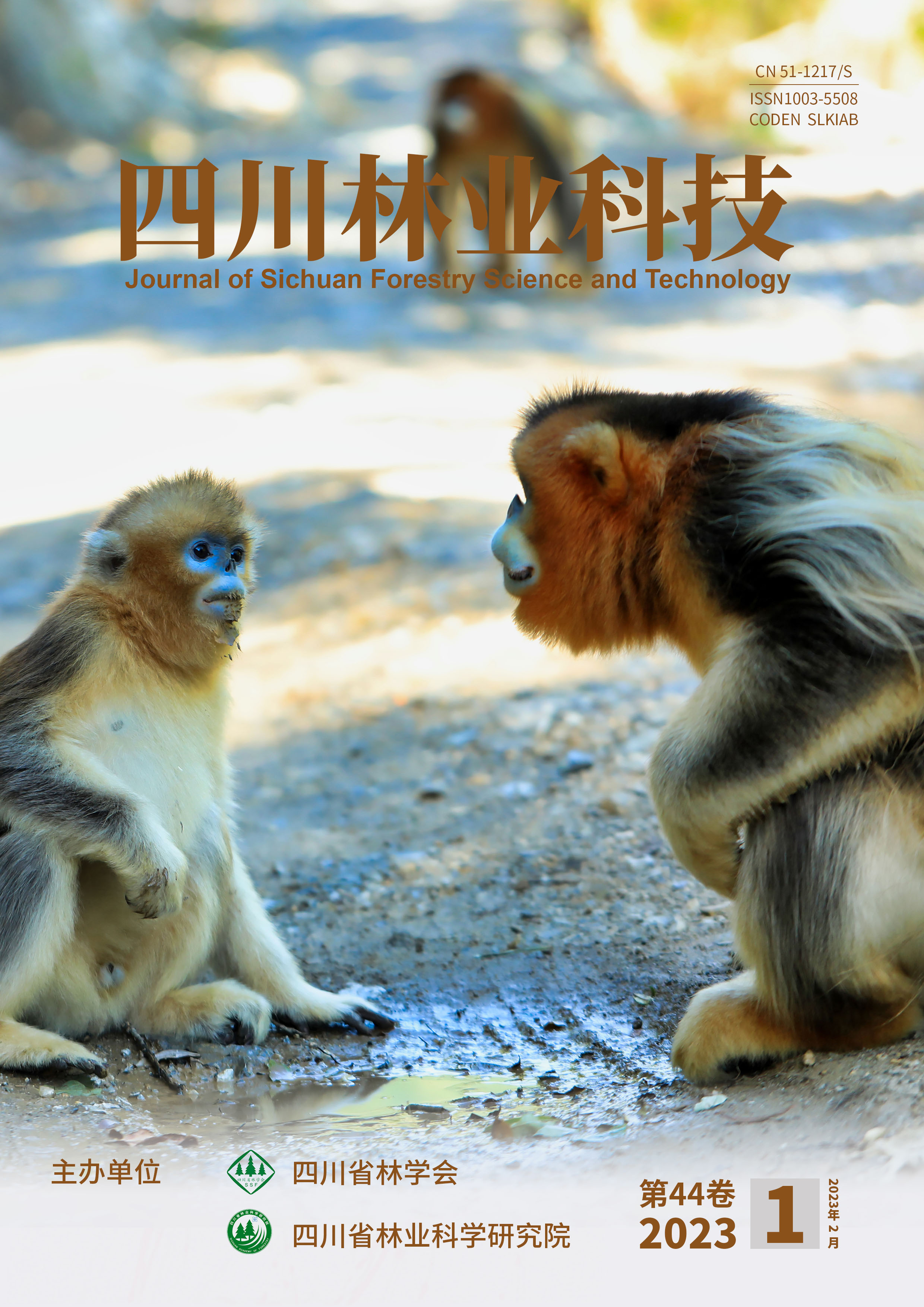


 DownLoad:
DownLoad: